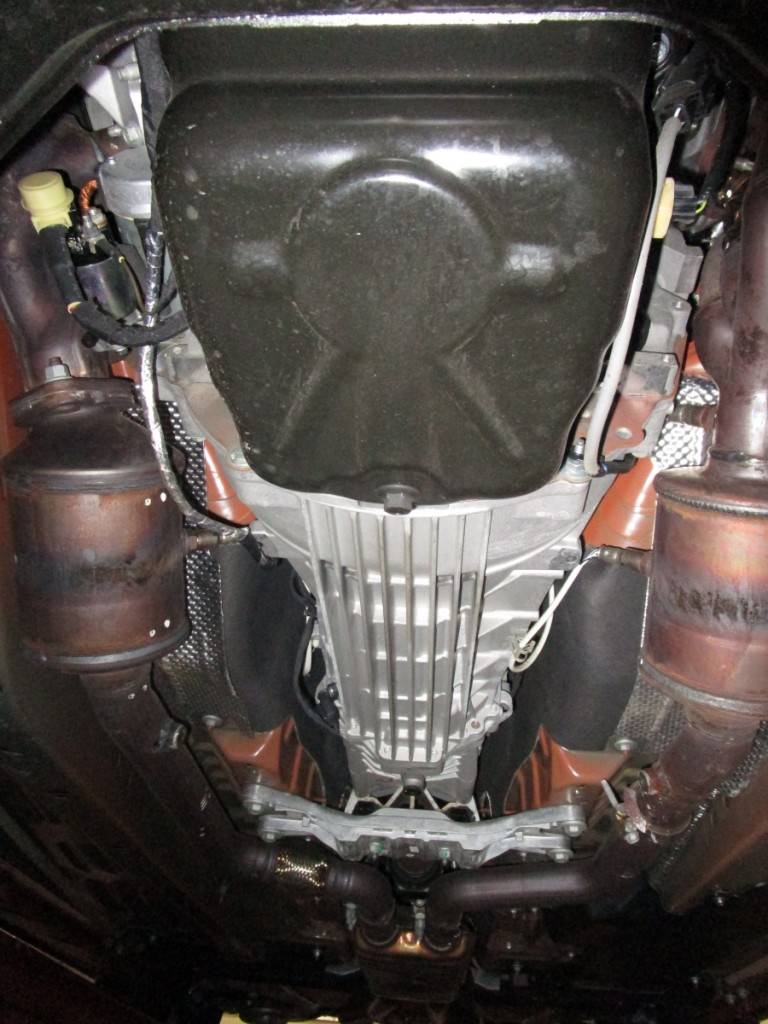By Richard Holdener

Before we start adding boost, it is important to point out that your transmission will affect the power output of your Mustang (measured at the wheels). An automatic will register roughly 30 hp less than a manual transmission.
Here is a statement Camaro owners already know, the 2015-16 Mustang is a force to the reckoned with. Despite the apparent lack of displacement (compared to the competition), the “little” 5.0L makes up for its size deficiency with terabits of technology, including DOHC cylinder heads, four valves per cylinder and variable cam timing. This technological combination allows the 5.0L motor to offer the torque curve of a 6.0L, to say nothing of impressive rpm potential. As good as the stock Coyote Mustang is, who among us doesn’t want even more performance?
Luckily enthusiasts need look no further than Kenne Bell to satisfy all their power needs, in one simply bolt on no less. The great thing about the Kenne Bell twin-screw supercharger kit is the amazing flexibility. As if the ability of the standard kit to add over 200 hp to your Coyote isn’t enough, additional boost can more than double those gains. Still not enough? The standard 2.8L is capable of supporting over 1,000 hp, but Kenne Bell offers even larger superchargers capable of exceeding 2,000 hp!
Before getting to the supercharger testing, it is important to understand why some 5.0L Coyote Mustangs register different power readings than others. Three critical factors that ultimately affect the measured wheel power output of the Coyote Mustang (actually all vehicles) include transmission, rear end type, and gearing. Extensive dyno testing has revealed that (despite the same motor output), a Mustang equipped with an automatic transmission will register a lower wheel power output than a manual transmission. There is more power loss (roughly 30 hp) through the automatic than the manual. Likewise for the new independent rear suspension, as the IRS will lose nearly 15 hp compared to a solid-axle Coyote. The final variable is the internal gearing in the rear end. Though it might improve acceleration, a higher numerical gear (3.73) will show less wheel hp than a lower numerical gear set (3.55, 3.27, 3.08 etc…). It is important to understand these variables as the change in power offered by these components will carry over to the supercharged outputs, and can make it difficult to compare early and late Coyote power outputs.
We touched on the different displacement superchargers offered by Kenne Bell, but the effectiveness of the twin-screw supercharger is a function of more than just sizing. The Kenne Bell supercharger is chock full of technology, including things like billet casing, an industry leading 6×4 rotor pack and Liquid Cooling. The strength of the external case is critical as improved case strength allows for tighter critical tolerances. These tolerances allow improved flow rates and boost potential through increased rotor speed. The case strength is then combined with the 4×6 rotor pack to further improve power while reducing inlet air temps.
Additional efficiency for the system comes from Liquid Cooling. Not to be confused with the air-to-water intercooler supplied with the kit, the Liquid Cooling system was designed to equalize the sizable temperature differential between the cold (inlet) and hot (discharge) sides of the supercharger. This temperature differential causes changes in tolerances on the hot and cold ends of the supercharger to eliminate high-rpm rotor scuffing common with other positive displacement superchargers. Kenne Bell designed the Liquid Cooling to minimize this temperature differential and to improve longevity of their superchargers.
One final word here before getting to the test results. A supercharger is only as good as the inlet system feeding it. Restrict the inlet system and you literally choke off the power and boost capability of even the most efficient supercharger. Obviously Kenne Bell recognized this long ago, as they have gone to great lengths to super size every component of their induction system. Included in the Kenne Bell inlet arsenal are the manifold, throttle body, MAF, and air intake. Starting with the restrictive factory air box, Kenne Bell designed a massive 4.5-inch, cold-air inlet, and MAF system (flowing 2,000 cfm). Naturally resizing (and repositioning) the MAF necessitated recalibration of the ECU, but the supplied supercharger program included the necessary changes. Finishing up the high-flow induction system, the Kenne Bell Mammoth intake was designed to accept the 168mm oval throttle body capable of flowing 2,150 cfm! Racers needing even more flow for a larger supercharger can always step up to the dual 106mm BIGUN throttle body assembly.
Technology and potential are all well and good, but how do they translate to real-world power numbers? To find out, we applied a Kenne Bell supercharger kit to a 2015 Mustang GT. Run on the Dynojet chassis dyno, the 2015 5.0L (manual trans) GT Mustang produced 381 hp and 378 lb-ft of torque at the wheels. After installation of the 50-state kit, featuring the 2.8L, twin-screw supercharger (at 10 psi), the peak numbers jumped to 620 hp and 507 lb-ft of torque (a 50-state kit is pending). Kenne Bell twin For The Win! Need more? Kenne Bell then added 130-pound Injector Dynamic injectors and 20V Boost-A-Pump (using the stock pumps) and cranked up the boost to 21 psi. The result was an impressive 843 hp. Remember, this was with standard 2.8L supercharger and no internal changes to the stock 5.0L Coyote motor. One of Kenne Bell’s customers managed nearly 950 wheel hp (on a Mustang Dyno) running E85 fuel on the stock motor. This combination was used to exceed 200 mph in the standing mile.
The stock 5.0L Coyote was no slouch, pumping out 385 hp and 378 lb-ft in normally aspirated trim. After installation of the Kenne Bell supercharger kit, this jumped to 620 hp and 507 lb-ft of torque at 11 psi (93 octane). Kenne Bell has exceeded 840 hp on the stock motor using race fuel, a Boost-a-Pump and larger injectors.
Sources
Kenne Bell
kennebell.net
















